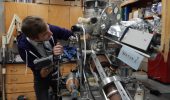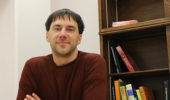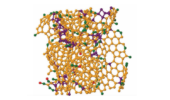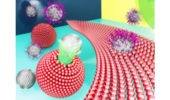Stem Cells: From Classical Model to Modern Computation
By Amanda Biederman NQPI editorial intern The human body is home to more than 200 different types of cells, each performing a unique function. But what makes a blood cell a blood cell, or a neuron a neuron? All cells in an organism are derived from a single embryonic stem […]
Read more ›





















Comments